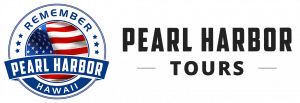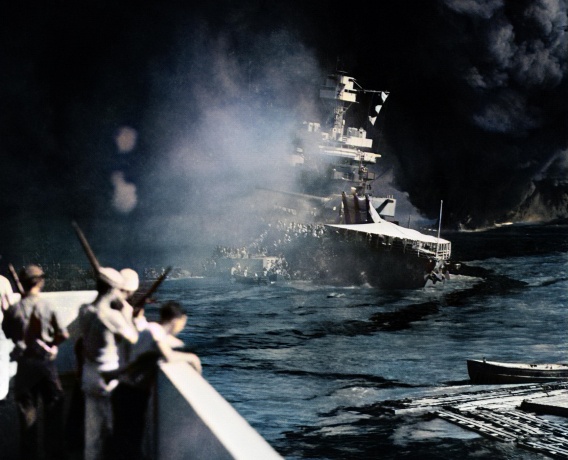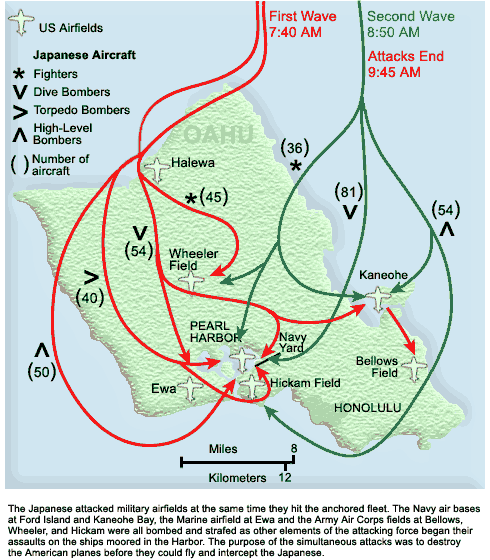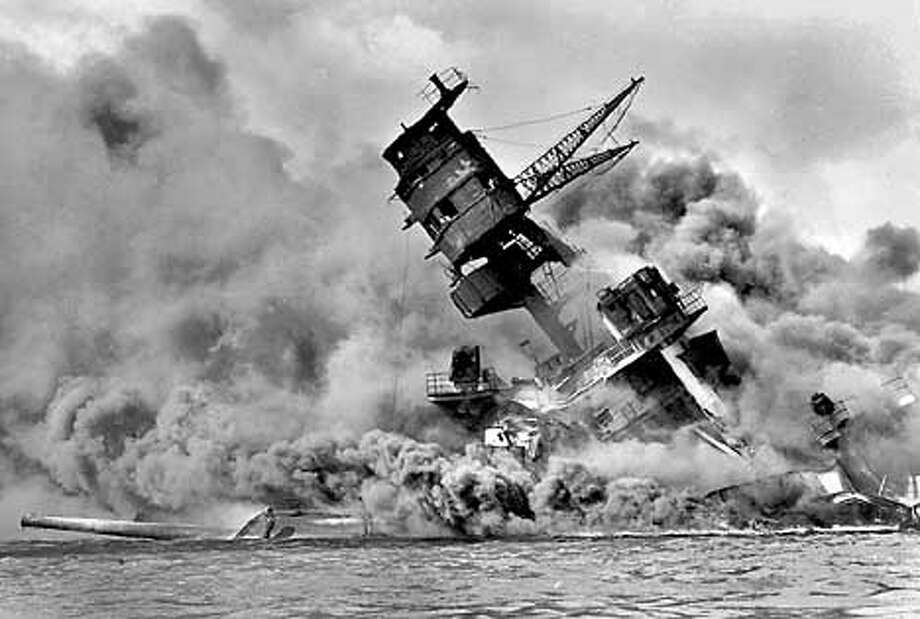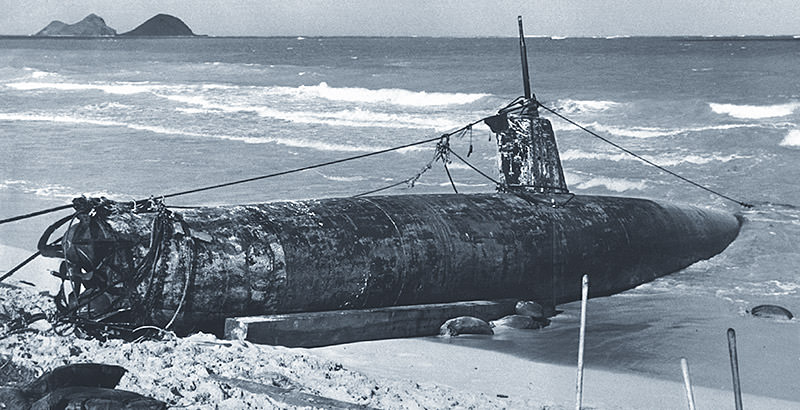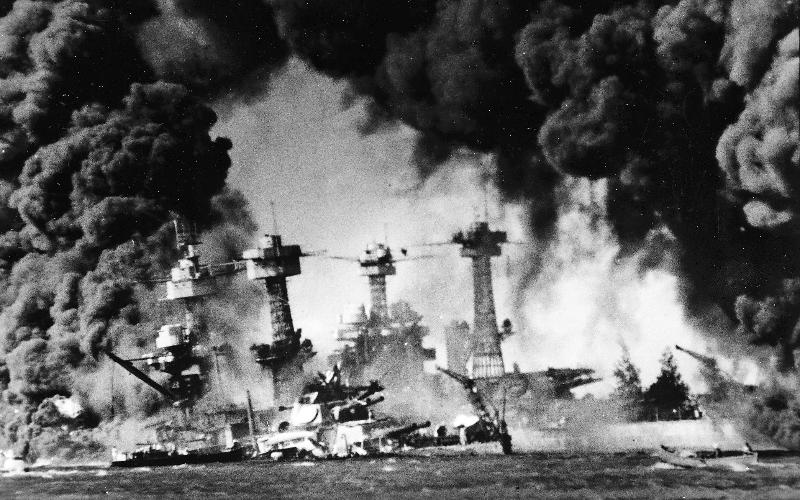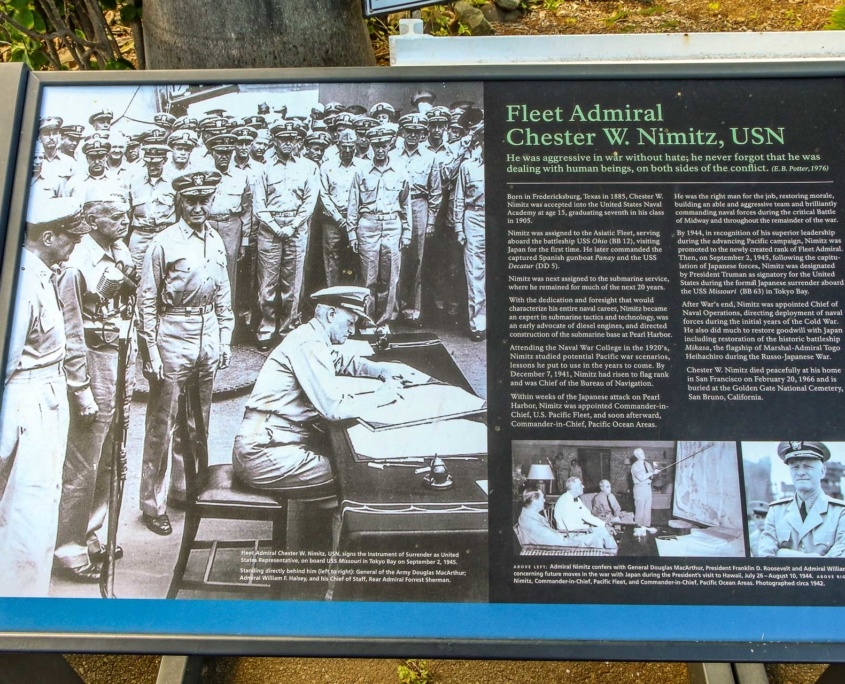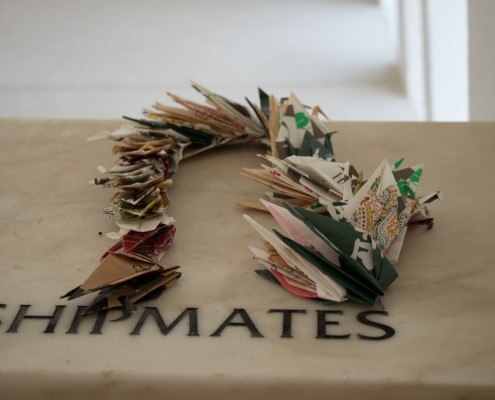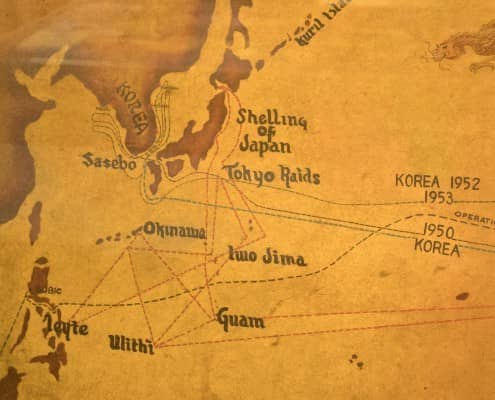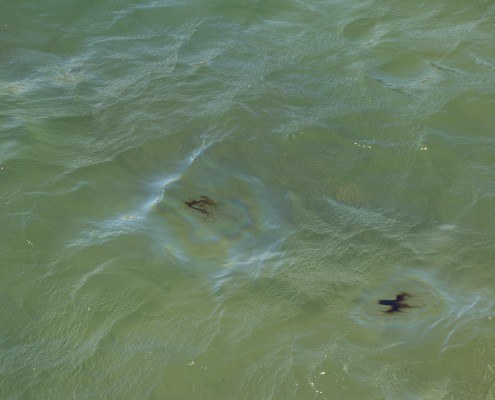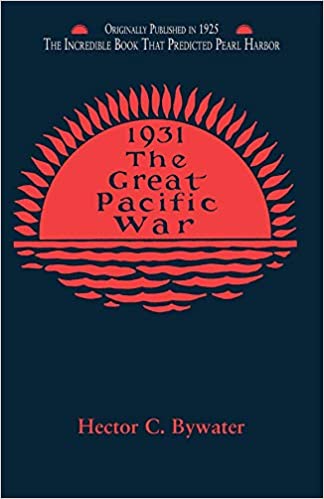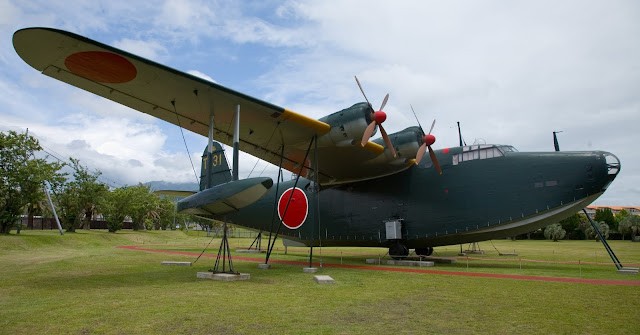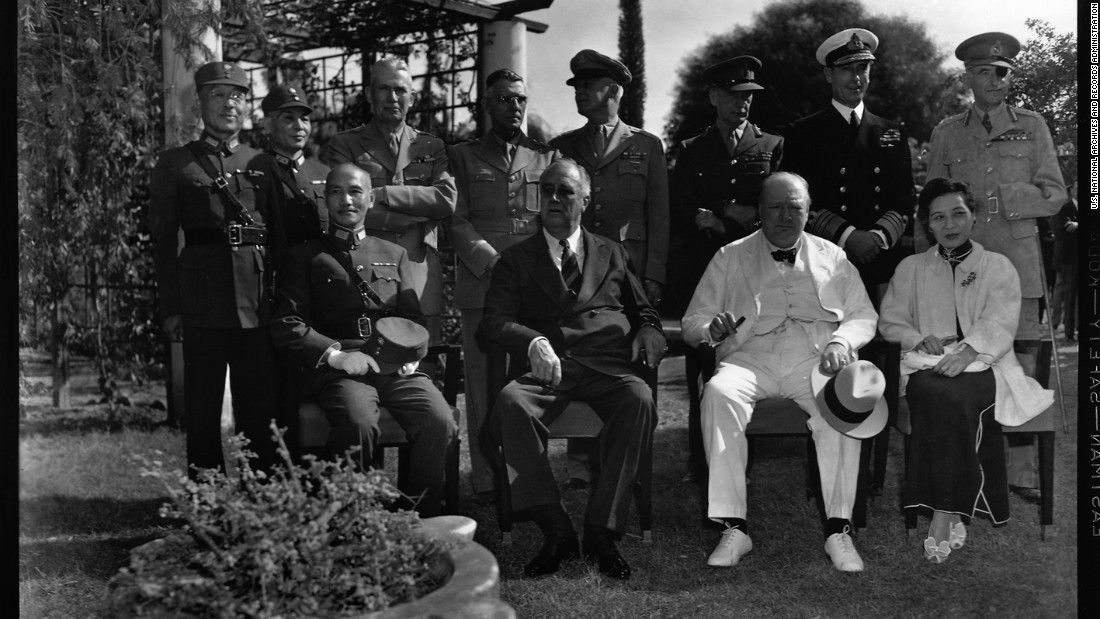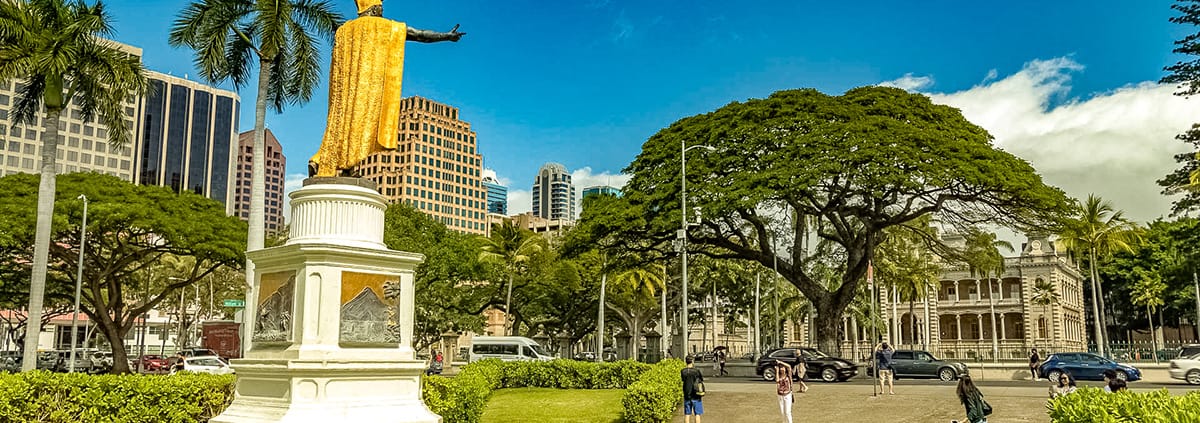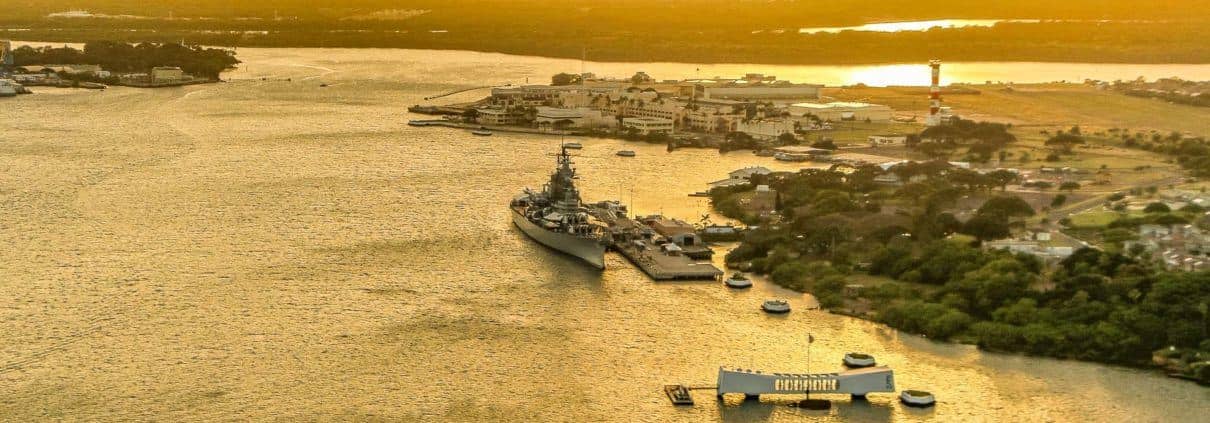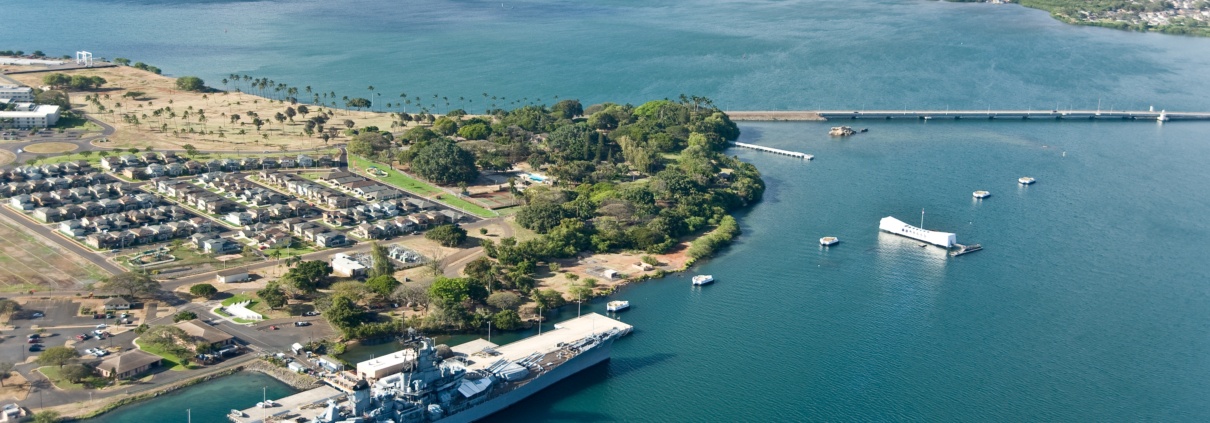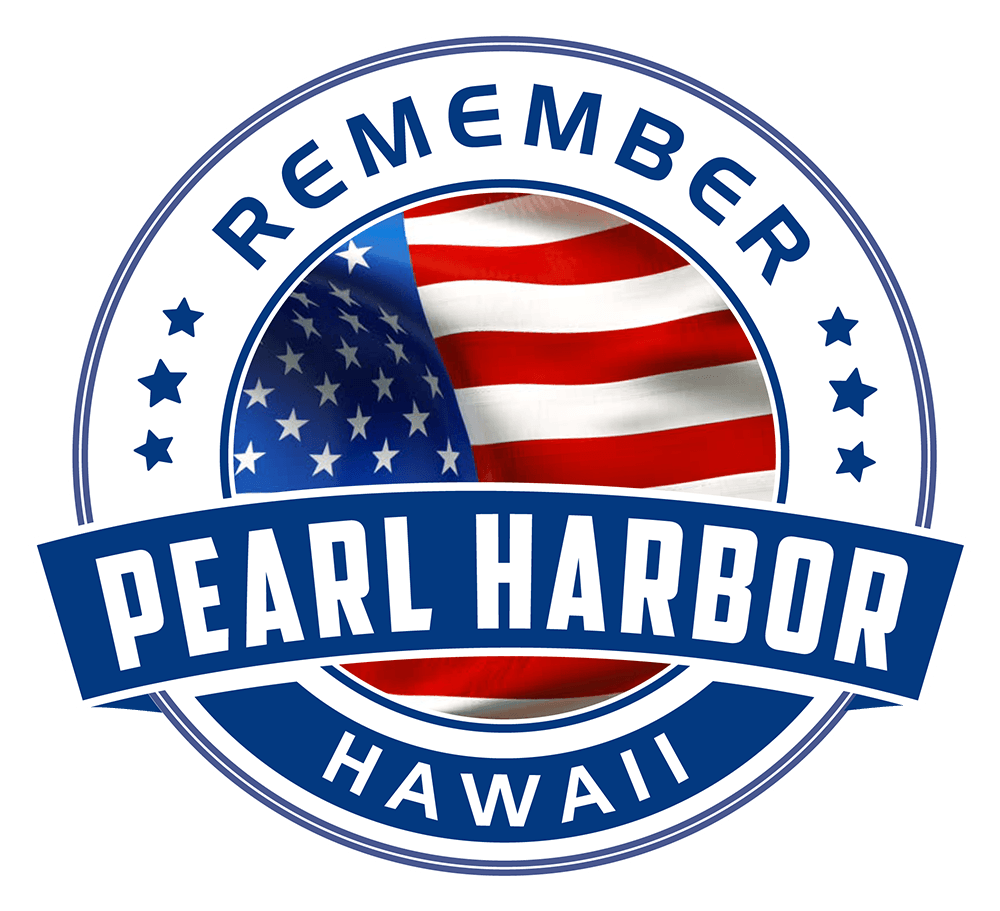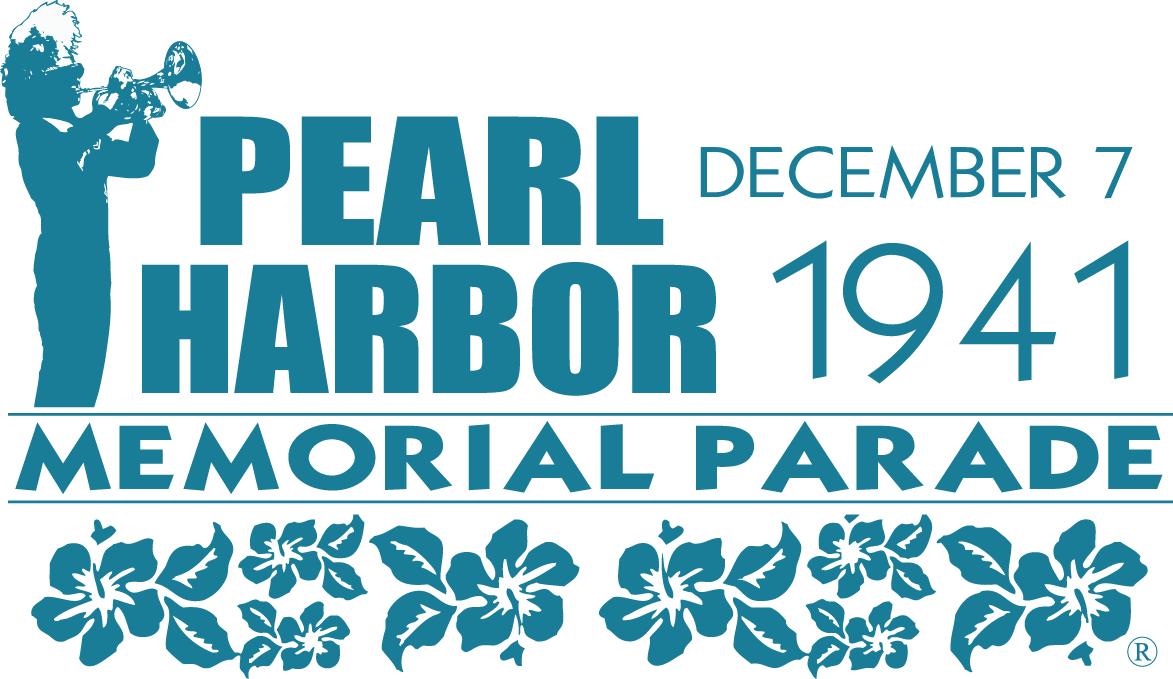Japan concentrated on just destroying the battleships of the US Navy as it thought that the Pacific fleet battles would be decided on them. This proved to be wrong.
Had Japan focused the attack beyond the fleet and targeted navy repair yards, oil tank farms, submarine bases, and old headquarters building, it could have inflicted far greater damage. Because the plan was made to focus on battleships, American aircraft carriers were untouched by the attack (they were out at sea). This led to America being able to rebuild quickly for the war on Japan and ultimately reverse the Japanese advance after the setbacks of early 1942.
Admiral Hara Tadaichi summed up the Japanese result by saying, “We won a great tactical victory at Pearl Harbor and thereby lost the war.”
